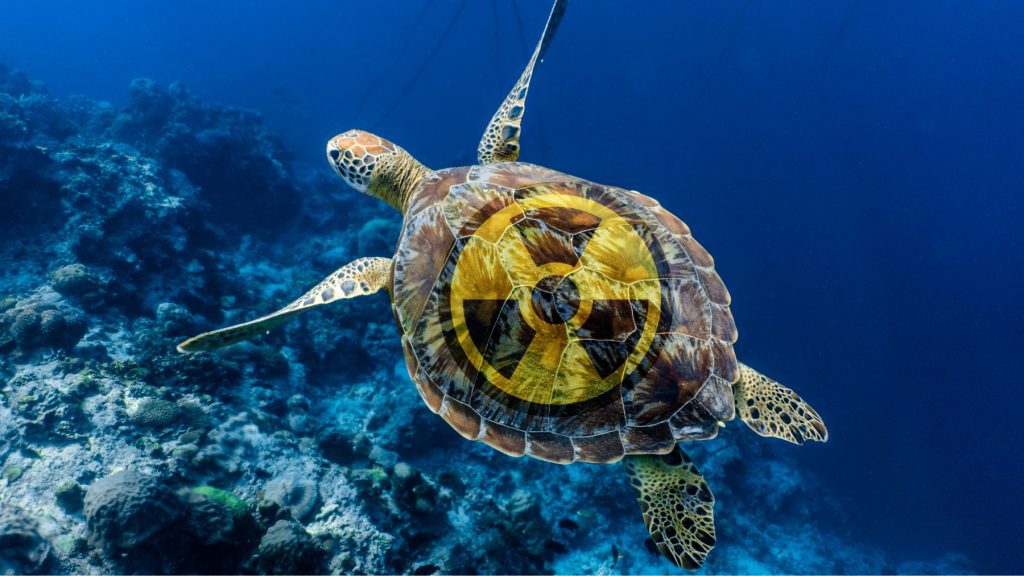
A recently published study sheds light on the surprising role of tortoise and turtle outer shells in preserving the history of radioactive uranium isotopes.
- Apparently, reptile outer shells serve as timestamps of nuclear fallout periods, akin to tree rings documenting climatic history.
- This discovery paves the way for non-invasive methods to measure radionuclide accumulation in live turtles and tortoises.
A study published on August 22nd in the scientific journal PNAS Nexus discusses the unexpected role of tortoise and turtle outer shells in preserving the history of radioactive uranium isotopes.
The study “Anthropogenic uranium signatures in turtles, tortoises, and sea turtles from nuclear sites” reveals that these reptiles’ shells can serve as unique timestamps of nuclear fallout periods, akin to tree rings documenting climatic history.
The consequences of nuclear activities are widely known, with radionuclides persisting in ecosystems for extended durations. Oppenheimer anyone? The US alone bears witness to the staggering impact, estimating up to 80 million cubic meters of soil and 4.7 billion cubic meters of water to be contaminated by past nuclear endeavors.
The research team selected five Chelonians – the reptilian group encompassing tortoises and turtles – from regions known for nuclear contamination. They then analyzed the uranium content within the animals’ hard, bony outer shell, with each shell layer corresponding to one year of the creature’s life. This allowed scientists to construct a detailed timeline of the reptiles’ environment throughout their existence.
Among the specimens studied was a sea turtle from Enewetak Atoll, a location notorious for its history of nuclear tests. Astonishingly, even though the turtle wasn’t alive during the testing period, traces of uranium contamination were detected in its shell two decades after the tests concluded. This finding raises intriguing questions about the source of contamination, pointing toward the possibility of uranium-contaminated algae consumption or lingering legacy contamination on the atoll. Talk about food poisoning.
Another case study involved an eastern box turtle from Oak Ridge, Tennessee, home to a nuclear facility operational since 1943. Collected in 1962, this turtle shed light on the potential bioaccumulation of radionuclides from uranium waste products in the area.
The revelation that a Chelonian’s outer shell accumulates radioactive uranium isotopes holds immense significance and acts as living records, encapsulating tangible evidence of nuclear activity over time. Similar to tree rings revealing climatic shifts, the shells offer invaluable insights into historical nuclear fallout periods.
From there, we can widen our scopes into radioecology, wherein zoological collections in museums could be harnessed to assess radionuclide concentrations in different tissues. The findings open the door to non-invasive methods of measuring radionuclide accumulation in living turtles and tortoises.
Inside Telecom provides you with an extensive list of content covering all aspects of the tech industry. Keep an eye on our Tech sections to stay informed and up-to-date with our daily articles.